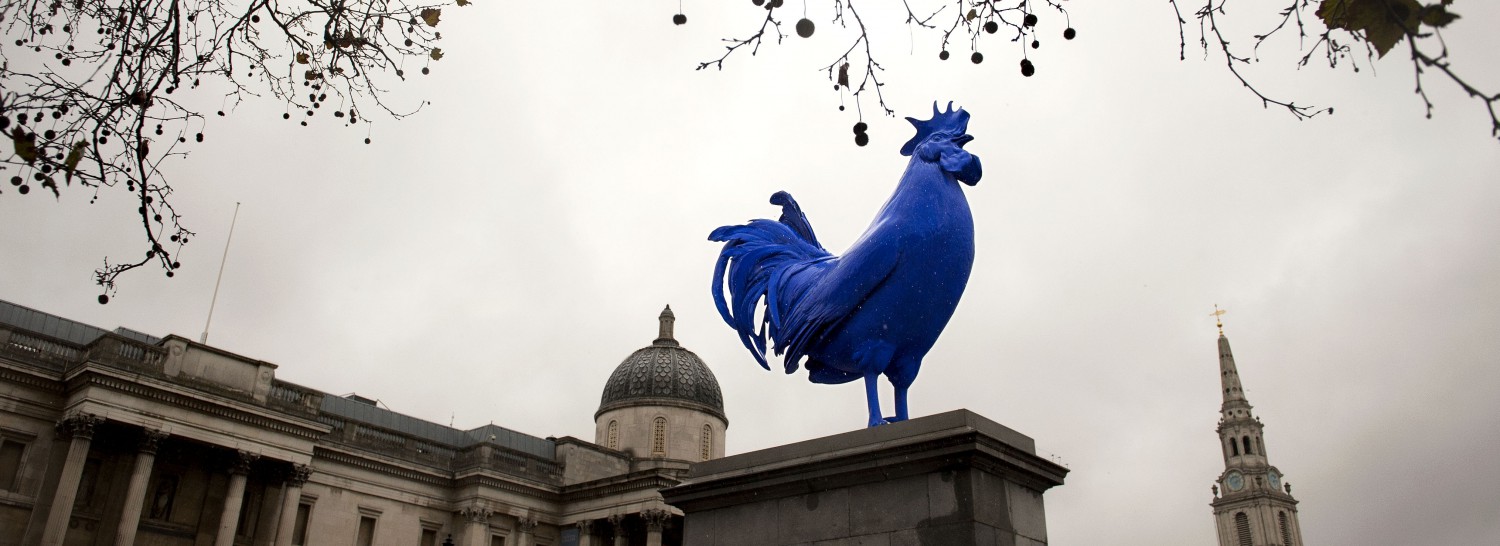Jonathan Gilmore (City University of New York):
“Material, Medium, and Sculptural Imagining”
27 February 2019; Room 246, Senate House.
ABSTRACT
The standard charge made against sculpture in the paragone or contest among the arts was that, compared to painting and literature, the scope of what it can represent is limited by a too-close dependence on the actual shape of its depicted subject. Armed with this claim, many theorists (as least as early as Pliny) explained sculpture’s capacity to elicit reactions from audiences as depending on their confusing the sculpture with a real thing it represents. There are, of course, now better ways than positing a delusion to account for our feelings for sculpture. The familiar framework that I adopt identifies the object of our response as not the physical artifact before us but what that artifact elicits us to represent via the imagination.
In this talk, I lay out some features of that framework that apply more or less invariantly across our traffic with different kinds of artworks. I then turn to the grounds or causes of our responses to sculpture in particular. My question is, once we distinguish the imagined object that explains our emotions and other responses from the physical artifact before us that elicits that imagining, does the claim that sculpture is “too close” to its represented subject still hold? When I imagine x in engaging with a sculpture, do I respond consistently with how I would if I were to believe or perceive x, that is, if I were to encounter it as a real thing face to face? I answer No. Rather, I show how certain affective responses to a sculpture can be justified by its material constitution although not justified by the real thing the sculpture depicts.
